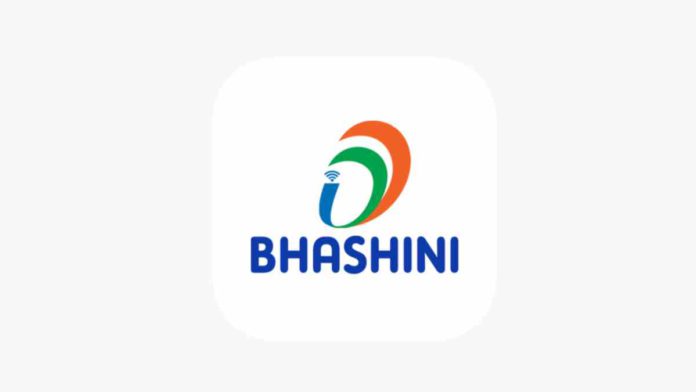The Indian government announced ‘Bhashini,’ a ground-breaking AI-based programme, in 2022 with the goal of bridging the linguistic gap inside the nation. Now the program has been officially introduced by Prime Minister Narendra Modi at the televised summit of the Shanghai Cooperation Organisation (SCO), emphasizing its potential global significance.
India is renowned for having a wide variety of languages, with the 2011 Census reporting that at least 10,000 people in India speak 121 major languages. However, many of these languages have found it difficult to find online representation in the digital age, which has hampered the growth of a fully developed digital economy. Addressing this problem and facilitating smooth communication between various Indian languages is Bhashini’s main goal.
Bhashini works on creating a National Public Digital Platform for regional languages as part of the National Language Translation Mission (NLTM), which is run by the Ministry of Electronics and Information Technology (MeitY). The government wants to move beyond the dominance of Hindi or English by providing digital information in native tongues. Bhashini aspires to empower Indian MSMEs, start-ups, and developers by giving them access to cutting-edge language technology through the use of AI and natural language processing (NLP) tools.
Read More: Vimeo Introduces AI-Powered Script Generator And Text-Based Video Editor
A data repository, a model repository, and the Universal Language Contribution API (ULCA) are all included in the comprehensive framework known as Bhashini. The greatest resource of Indian languages is ULCA, a standardised and scalable platform for Indian language datasets and models.
Bhashini’s use of ULCA to collect important data and model contributions will help researchers create AI tools for machine translation, automated speech recognition (ASR), text-to-speech (TTS), and optical character recognition (OCR) across a variety of Indian languages. At the moment, ULCA is home to an excellent collection of benchmark datasets, 80 ASR models, and 466 translation models.


